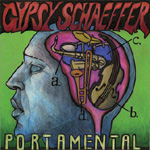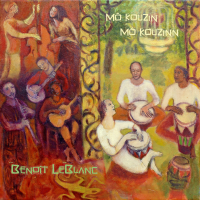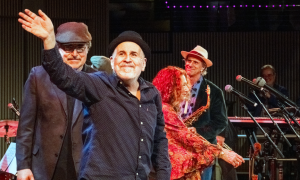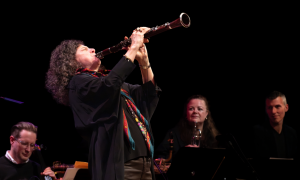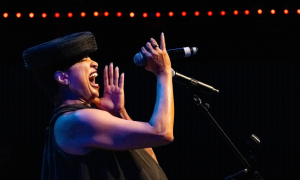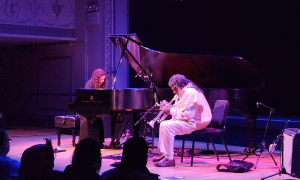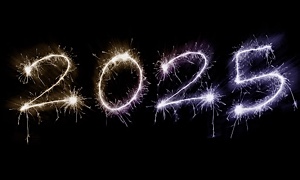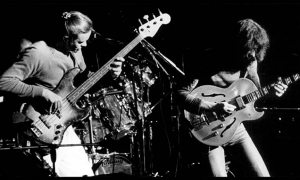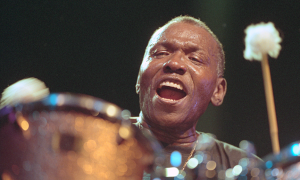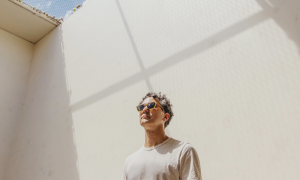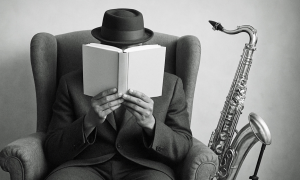Home » Jazz Articles » Live Review » Alice Coltrane Quartet Triumphs at NJPAC
Alice Coltrane Quartet Triumphs at NJPAC
New Jersey Performing Arts Center
Newark, NJ
October 22, 2006
On October 22, Alice and Ravi Coltrane et al. roared into town, captivating a few thousand of their adoring subjects at the New Jersey Performing Arts Center.
As for jazz royalty, they don't come more blue-blooded than the widow and son of saxophonist John Coltrane, possibly the most acclaimed, most influential composer/player of the past half century.
The Newark date was the second of a three-stop tour marking Alice Coltrane's return to large-venue public performing after a twenty-year layoff during which she issued a few albums and retreated to her California ashram where she wrote and played keyboards.
Originally the replacement for pianist McCoy Tyner in her husband's group in the '60s, Swamini Coltrane has increasingly used music as a key to transcend secularity and to reach people spiritually. That goal showed in the Hindu-influenced compositions she led in Newark.
From Boring to Transcendent
Artistically, it was a mixed evening of low plateaus and lofty peaks. To use an Alice Coltrane word, the selection "Africa was "transcendent in its soul and exhilaration. The low points? Well the audience had come to reaffirm their perpetual love for the Trane legacy, and they weren't going to be put off by the one-third of the concert that was silly and/or boring.
Ms. Coltrane brought along her 42-member "quartet. That's son Ravi on tenor and soprano saxophones, the prolific and great drummer Jack DeJohnette, and Drew Gress on bass, subbing for ailing Charlie Haden. But prior to intermission, there were two contrabasses occupying the stage, as Gress was joined by veteran Reggie Workman. At times, the contingent included a 21-piece string orchestra and seventeen choristers.
The leader opened the chant-like Sita Ram with a few minutes of soloing on her console Wurlitzer organ, her sharp attacks on the keys and her selection of organ voice producing a sound like an $89 living-room chord organ. But that's okay; the lady was clearly giving all she had, her arms and legs pumping as if her life depended on keyboard aerobics.
DeJohnette then did some neat hand-drumming on tabla, followed by Ravi Coltrane on soprano, who incorporated a couple of his father's familiar motifs. When your father was John Coltrane, an occasional paternal emulation is no sin. The son, who didn't even take up the sax until he was in his twenties (he's 42 now), is, however, very much his own man. For those who might appreciate a different point of reference, the interplay of tabla and sax in the centuries-old Sita Ram carried a latter-day "In-A-Gadda-Da-Vida vibe.
Alice Twists and Pulls
Whatever material she worked with and whether on synth, organ, or grand, Alice Coltrane was able to twist and pull the notes and make the music her own. From grand dame to electric Trane, she played at times like an angel, and in other moments banged out angry and dischordant passages to dramatic effect. One of jazzdom's few harpists, she was even able to reach into the soundboard and coax harp sounds from the Steinway.
One downer, though, was "Jagadishwar, with the contrast between the opening heavenly passages on the Korg synthesizer and the transition to a very artificial-sounding string-chorus effect. It was a "what is she thinking? moment. Although likely intended to convey a spiritual high via a band of angels, on this given Sunday the angels were having a bad-harp day.
Ravi Coltrane introduced his father's composition, "Africa, with a fingered tremolo more reminiscent of Charles Lloyd than Trane. This was the number that proved the expanded quartet could play real jazz as they jelled into a team of soloists who could play follow the leader and also play together. With Workman working his bow and Gress plucking melodically, the pair showed that a two-bass interlude could sound ethereal.
"Africa also showed off the son's first star moment on tenor. His work was so hypnotic as to create a reverie. With the focus on the horn, it was almost possible to miss Alice Coltrane's furiously cooperative, deeply-felt accompaniment. Almost. The mother-and-child reunion created an emotional crest that wouldn't be surpassed until the closing piece.
Everybody Into the Sonic Mudbath
After intermission, the curtain-rise unveiled 21 string players and a mixed chorale of 17, including a seated tablist, maraca shakers, and a singer doubling on shouldered West African djembe drum. Unfortunately, the early up-tempo promise of something profound soon transmogrified into a sonic mudbath. At best, in the leader's composition about the many names of God, there were echoes of the show Hair. At worst, it was a regressive devolution in which the chorus totally overwhelmed the musicians and masked whatever important statements were being made by the synth and basses.
The second attempt with this formula was illustrated by projections of outer space views, terrorist bombings, mortars and missiles, bodies bodies bodies, pivotal politicians and peacemongers of the 20th Century, and eventually, stills and movie clips of religious observances. The assemblage of images was stirring, but the horrors of war were more prevalent and impinging than any of the scenes of hope. Was I the only one who was depressed rather than uplifted?
Speaking of depressing, the obviously skilled string players managed to sound like a second-rate sappy synthesizer. The droning melody was evocative, but oy! the execution. Oh yes, the orchestra and singers were reined in at the end to render audible the drumbeats and the last notes of the grand.
Epic and Eye-Opening
But now it gets good! The stringers and singers exited and the stage was cleared for the quar/quin/tet to launch into John Coltrane's stunning signature piece, A Love Supreme.
Ravi Coltrane was in another world here. He played like a better version of himself, sometimes incanting like his father, but most of the time employing a soft, singing tone on the tenor. DeJohnette played the kick bass drum like a set of toms, while Gress and Workman kept up the famous four notes of the title. In huge Prudential Hall, the group projected a feeling of club-like intimacy. A Love Supreme is a theological epic, and love was what was communicated here in this eye-opening performance.
When Ravi Coltrane and DeJohnette "talked to each other, it was a magic and intense moment. When they weren't doing the gospel-like call-and-response, the drummer played a two-note continuo, the notes of "Su and "preme," eventually building to his only extended solo of the evening, an unrestrained demonstration of versatility and, above all, striking emotion that defied the expected limitations of a drummer's expressive language.
The leader played like a demon throughout her husband's most revered piece. In this hymn about spiritual love, she seemed driven by both anger and love, her face and body language displaying both of these related passions.
A listener couldn't help but marvel how the Coltranes must have felt knowing that millions of fans worldwide have grooved to this music—but could they sense the significance of the immediate moment for the privileged 2500 who were present to hear John Coltrane's heirs' version?
Tags
PREVIOUS / NEXT
Support All About Jazz
 All About Jazz has been a pillar of jazz since 1995, championing it as an art form and, more importantly, supporting the musicians who make it. Our enduring commitment has made "AAJ" one of the most culturally important websites of its kind, read by hundreds of thousands of fans, musicians and industry figures every month.
All About Jazz has been a pillar of jazz since 1995, championing it as an art form and, more importantly, supporting the musicians who make it. Our enduring commitment has made "AAJ" one of the most culturally important websites of its kind, read by hundreds of thousands of fans, musicians and industry figures every month.



